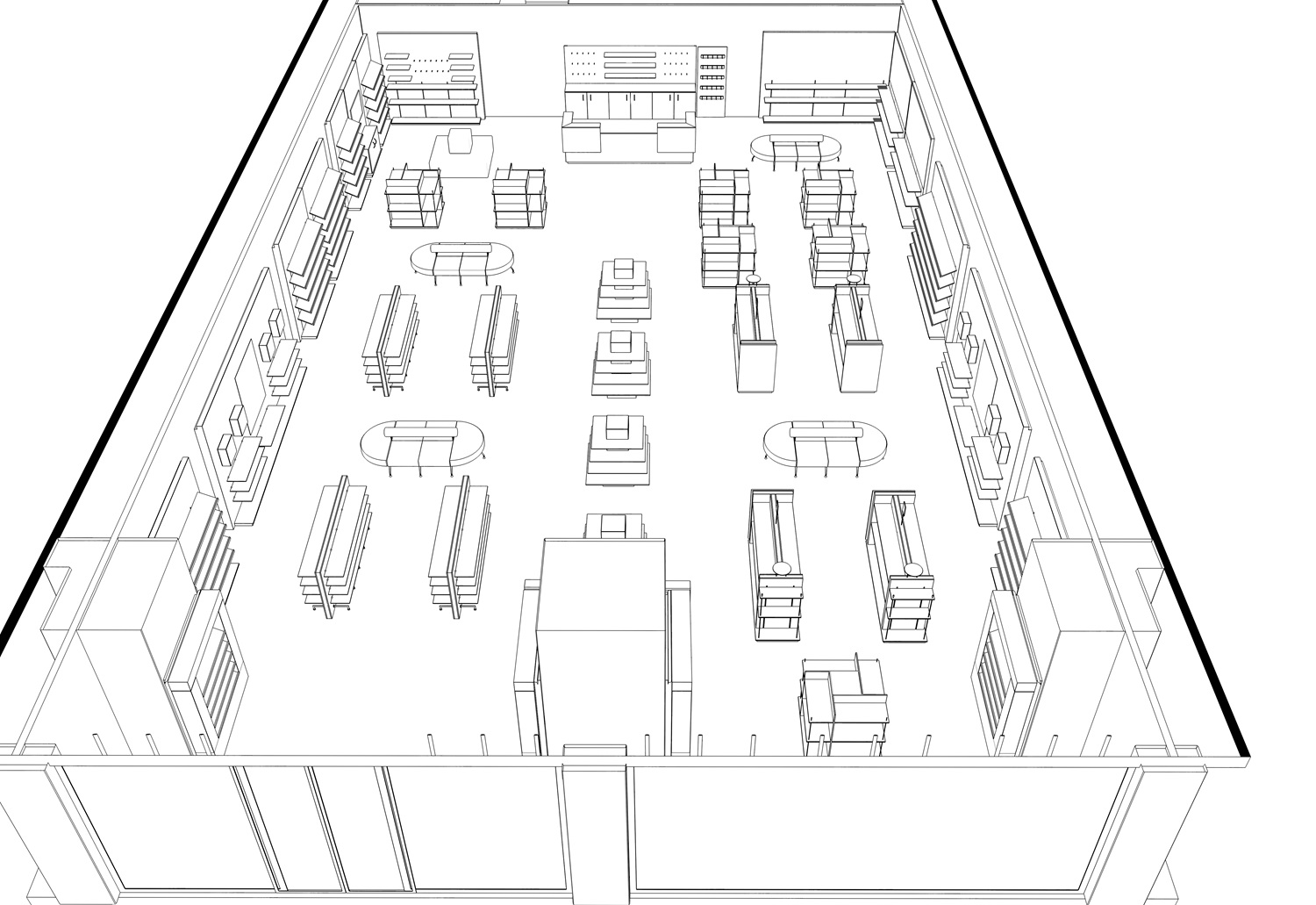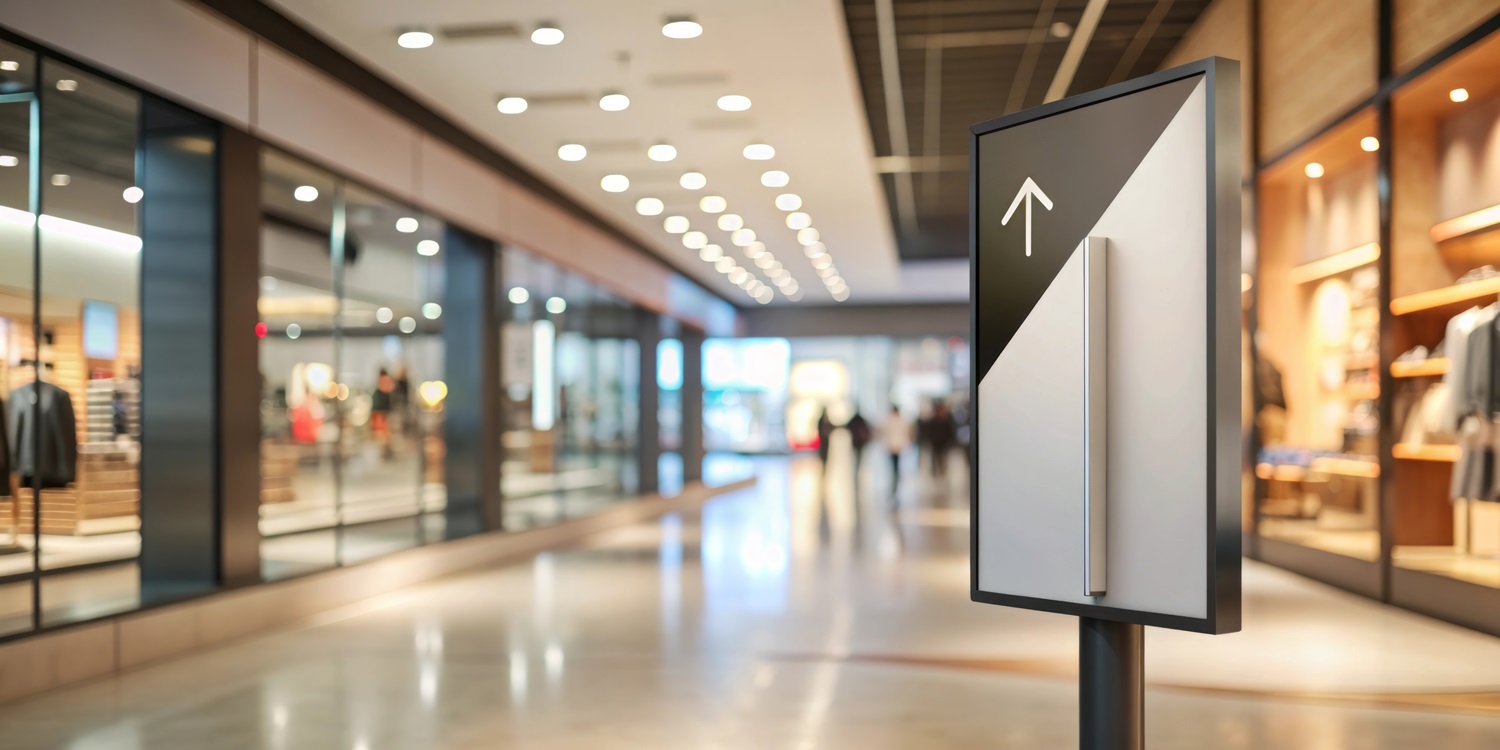
December 2, 2024
Creating a Seamless Transition Between Indoor and Outdoor Spaces
Designing a fluid connection between indoor and outdoor spaces enhances the customer experience, offering a sense of openness and inviting nature into retail environments. This approach can elevate store aesthetics and functionality, making spaces more appealing and accessible.
Designing Open Spaces for Indoor-Outdoor Continuity
Integrating Open Space Design for a Cohesive Customer Experience
Open space design is essential for creating a cohesive customer journey. By removing physical barriers and allowing a natural flow between the inside and outside, customers can transition effortlessly, which enhances their shopping experience and encourages exploration.
Blending Architectural Elements to Connect Indoor and Outdoor Areas
Harmonizing indoor and outdoor spaces requires blending architectural elements such as flooring, lighting, and materials. Using consistent textures and finishes between both areas ensures a unified look that enhances visual continuity and attracts customers.
Enhancing Storefront Design to Bridge Indoor and Outdoor Environments
Using Glass Facades and Transparent Materials for Fluid Transitions
Glass facades and transparent materials create a seamless visual connection between the inside of a store and the outside environment. These design choices allow natural light to flow through the space, making it more inviting while drawing attention to products displayed both inside and near the entrance.
How Storefront Design Can Invite Customers from Outside In
An attractive and well-planned storefront serves as a powerful tool for drawing customers in. By using inviting entryways and thoughtful visual cues like signage and displays, retailers can create a strong connection that encourages passersby to step inside.
Balancing Functionality and Aesthetic Appeal in Transitional Spaces
Maintaining Design Continuity While Ensuring Practicality
While aesthetics are important, maintaining functionality in transitional spaces is equally crucial. Choosing durable materials, versatile furniture, and practical layouts ensures that the space remains visually appealing without sacrificing usability or comfort for both indoor and outdoor use.
Creating Comfortable, Functional Spaces for Both Indoor and Outdoor Use
Designing spaces that serve dual purposes, whether indoors or outdoors, involves selecting furniture and layouts that are adaptable. Comfortable seating areas, well-positioned shade, and weather-resistant elements ensure that the space remains usable in various conditions while staying stylish and cohesive.


